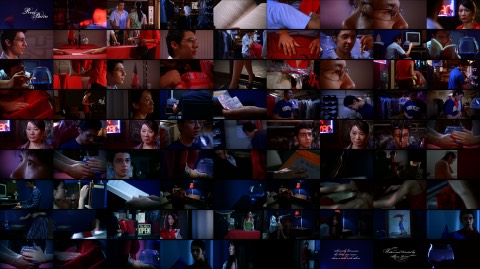Resolve 9 Tutorials Round Up
Here is another quick round up of some of the best tutorials for DaVinci Resolve to hit the web recently. What’s great about this round up is the variety of sources from which they originate. Its great to see a growing community of colorist’s at all stages, sharing their findings.
Clipping in Resolve – The Community Version
This recent tutorial from Gray Marshall is a great example of how interactive the online post community really is. As a result of posting this video concerning potential ‘gotchas’ if you’re not fully aware of what Resolve is doing, a healthy comments section quickly grew on Vimeo and then continued on Lift Gamma Gain, which you should definitely give a thorough read. What I love about this is when we share our knowledge everybody grows. Alexis Van Hurkman on LGG, offered a good working process:
I’ve gotten into the long term habit of using node 1 to pull all of the visible detail into the 0-100 percent range as part of my primary grade (I don’t like starting out a grade with out-of-bounds data), and then for organizational purposes I tend to put my Hue curve adjustments into node 2, where they’re only working on within-bounds values. I only started doing that to keep track of where my curves are, and to make it easy to turn them off for clients, but happily it’s kept them from doing anything untoward to the signal. I find I like to keep all my data where I can see it on the scopes unless I’m compressing or chopping it at the top or bottom end for effect.
As with others, I’ve also gotten into the habit of sticking soft clip and LUT application at the end of the node tree as my last operation, unless I’m deliberately trying to clip out-of-bounds data that I don’t want coming back (such as when I create a flat color field for effect). I try to keep my operations orderly as I don’t like surprises.
Ultimately Gray concluded:
The experienced operators point out that if you work you nodes in a controlled and organized fashion, these issues should not be much of a problem.
I for one have learnt a lot, so thanks for sharing to all who did.
Creating a look node by node – Part 3
Jesse Borkowski is relentlessly uploading more great tutorials. If you’ve not seen the first two series of tutorials (9 lessons in all) then check out the first two parts here and here. In this series Jesse brings together a 1940’s look as well as walking through how to use local and remote versions, the later being fundamental to grading in Resolve 9.
Training – Crafting Looks in Resolve
Alexis Van Hurkman has created a brand new 90 minute color grading training series, available on Ripple Training, for colorists looking to better learn how to craft a look in Resolve, and not just understand the basic functionality of the program. It is focused much more on art than science, although from the look of the free sample clips on the site, you’ll be sure to pick up plenty of technical tips too. Yours for $29.99.
Quick Tip – Using The Lightbox
In this simple but effective tip Aaron Williams demonstrates how to make the most of the Lightbox panel in Resolve – allowing you to see a frame from every shot to see how your color scheme is flowing through the project. It also helps to highlight any dud shots that may not be matching those around it. Aaron has a lot of great tips and tutorials on his site so be sure to have a good rummage!
Self Taught Grading utilising a Film LUT
This is a really nice tutorial Todd Davies has posted on youtube with this self taught method of grading a Film Log shot from the Blackmagic Cinema Camera. He also uses Juan Melera’s free film emulation LUTs. Although he makes a point of noting that:
THIS IS BY NO MEANS A PROFESSIONAL TUTORIAL, IT IS JUST HOW I HAVE TAUGHT MYSELF TO GRADE IN DAVINCI RESOLVE 9.
I think he does a thoroughly decent job of creating a nice look in Resolve with his own methods. Great stuff!






